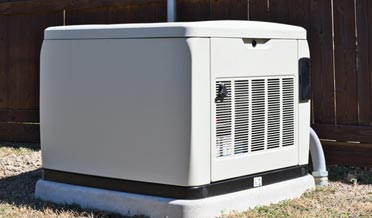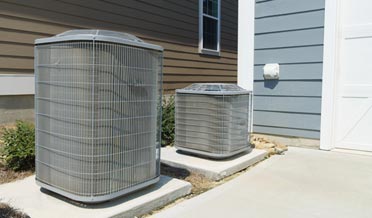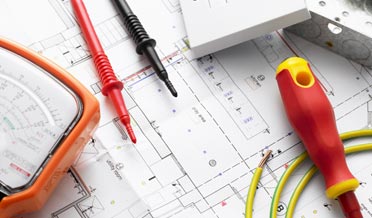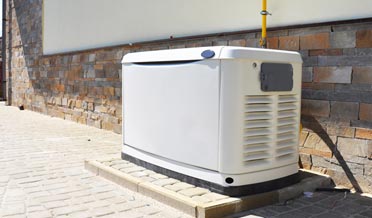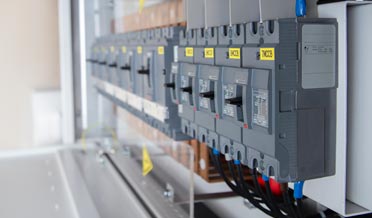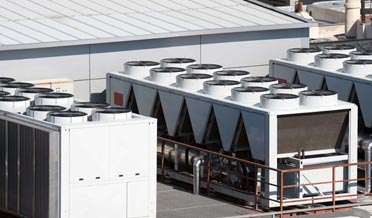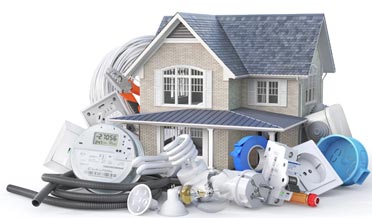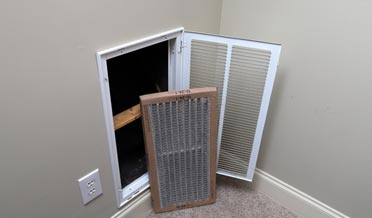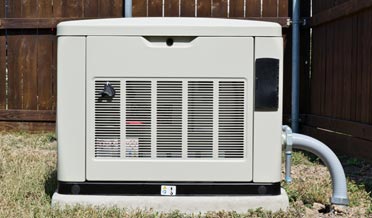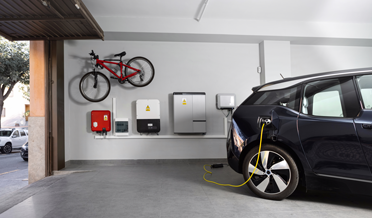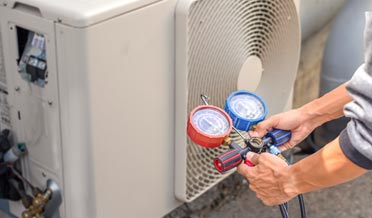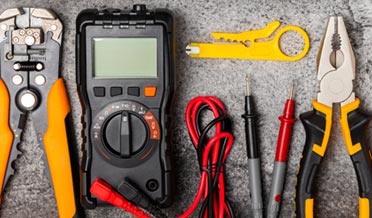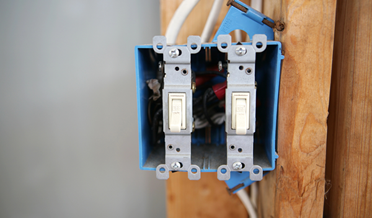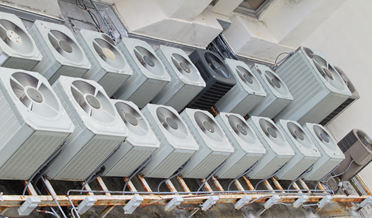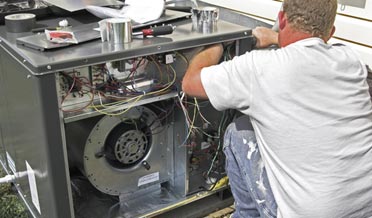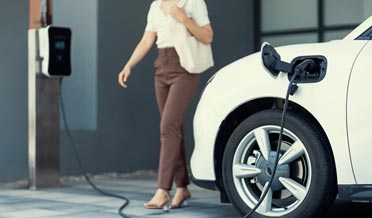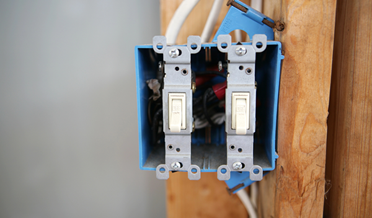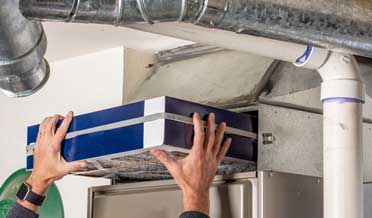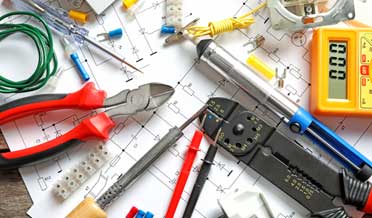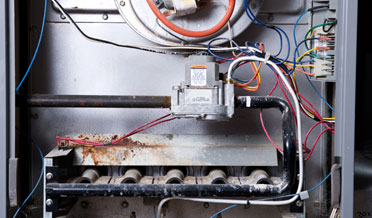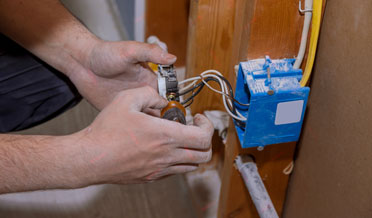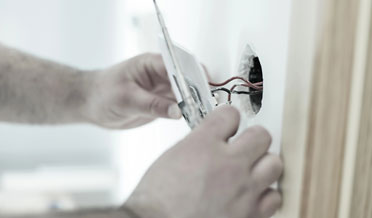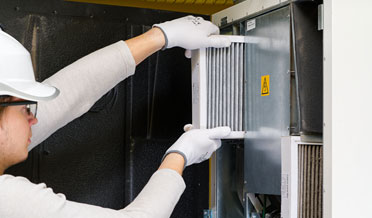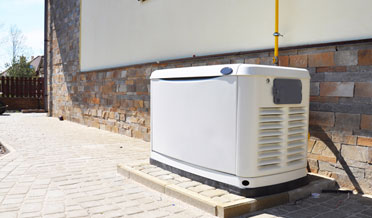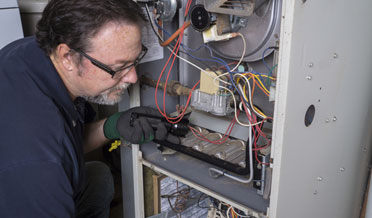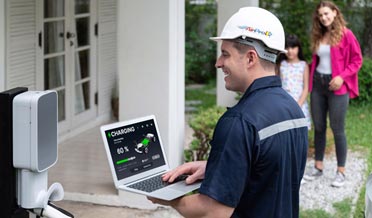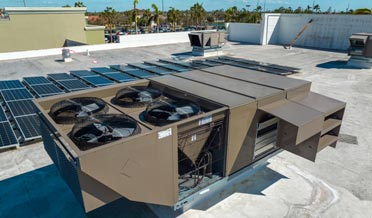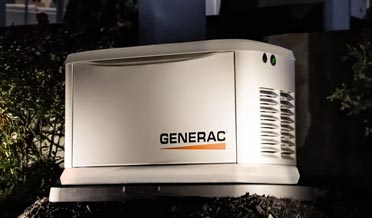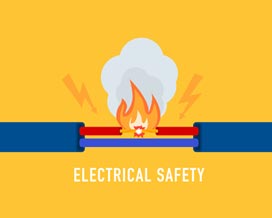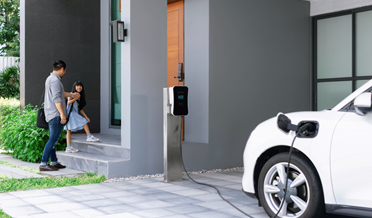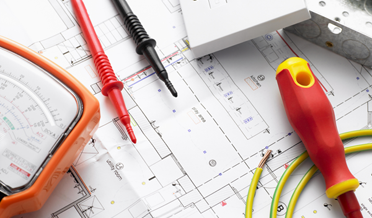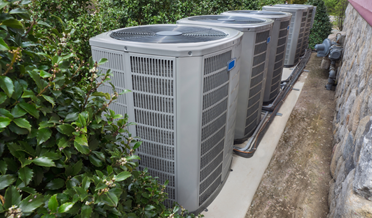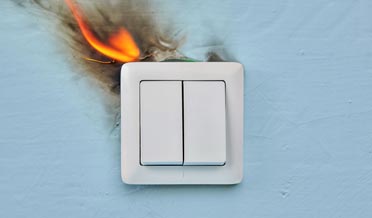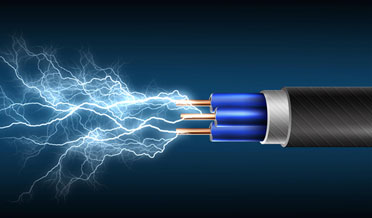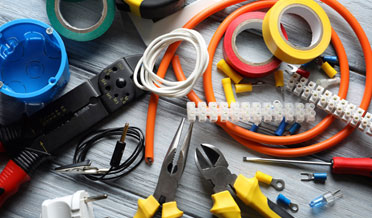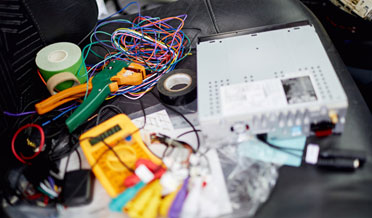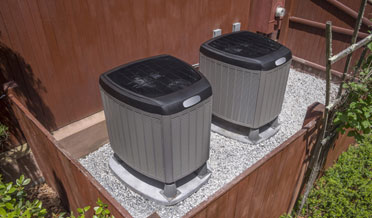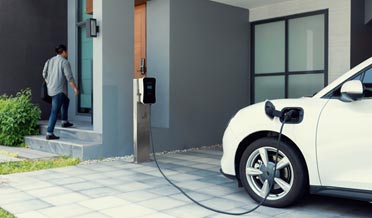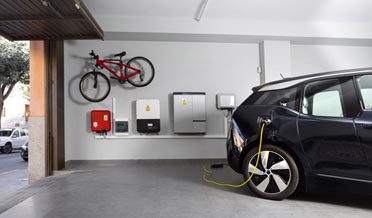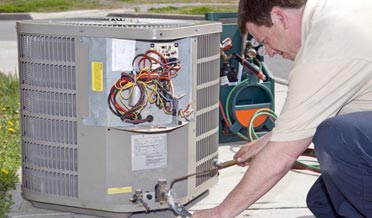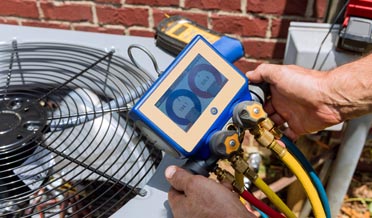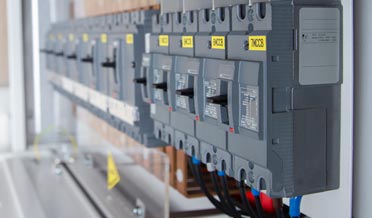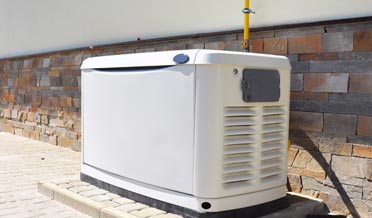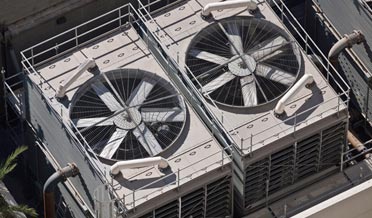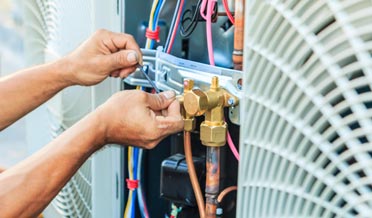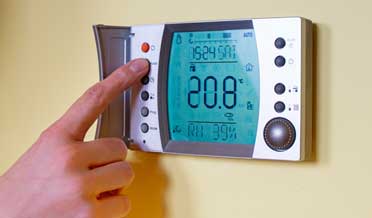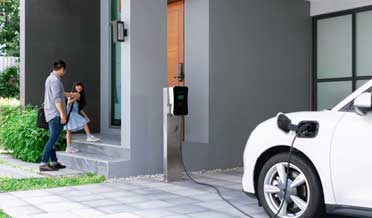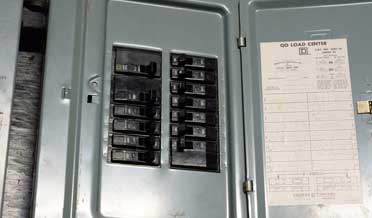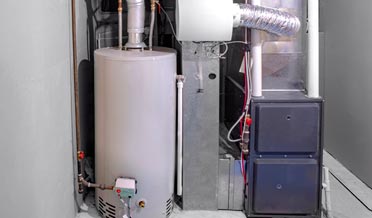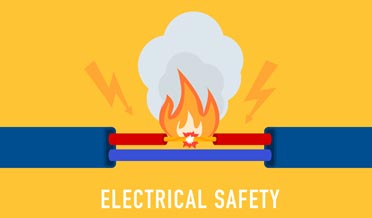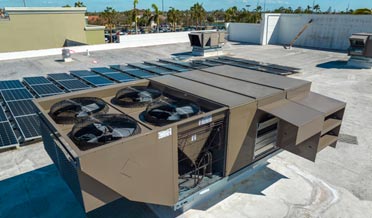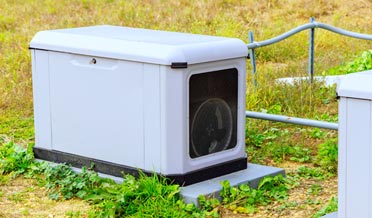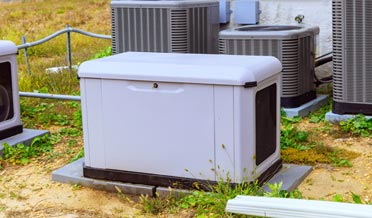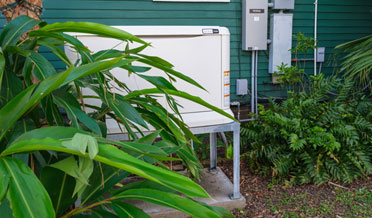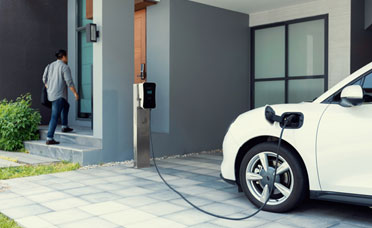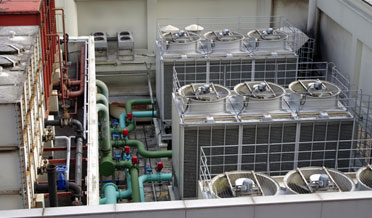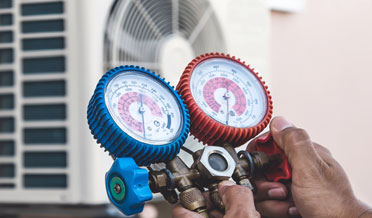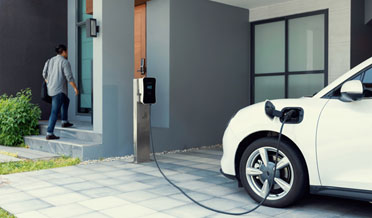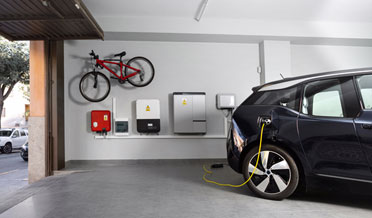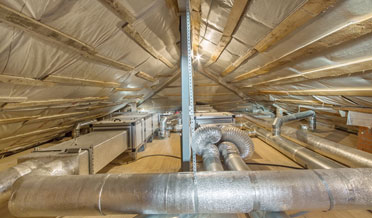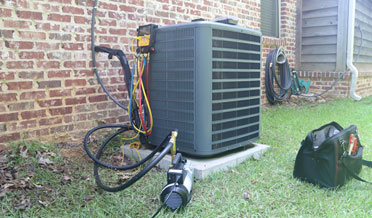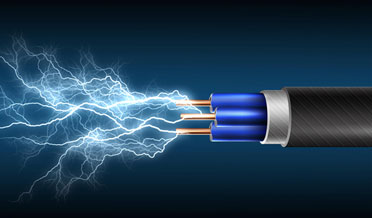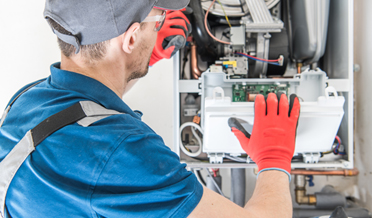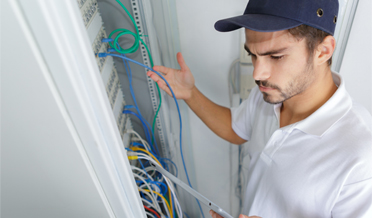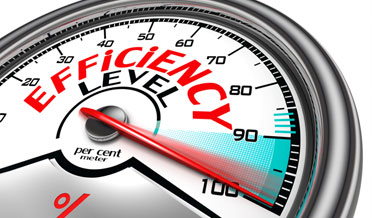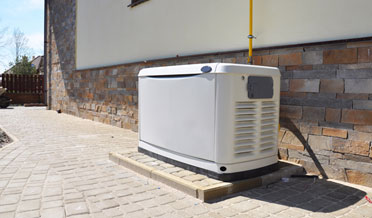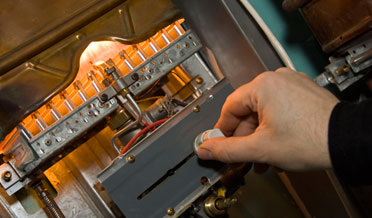Home Generator Installation: What You Need to Know for Your Houston Home
The last few years have brought a rise in extreme weather events that have resulted in property damage and power outages. Freezing temperatures, straight-line winds, tornadoes, and hurricanes have visited South Texas in recent years. Some of these outages have lasted for a week or more. For these reasons and more, the purchase and installation of a backup home generator has increased significantly in the Houston area.1
Homeowners might look around and choose a location that meets their own preferences. That location would meet aesthetic tastes and avoid a loss of efficiency and functionality. However, there are several important criteria concerning home generator installation location that need to be considered.
Our Guide to Home Generator Installation
- Start with local building codes. Electrical codes will govern the type of wiring, depth for buried cables, and possibly determine the minimum size for homes based on square footage. A generator installation may require a minimum clearance from the home, the garage, and outbuildings. Municipalities with low-lying areas may have requirements for elevating the generator above certain flood levels. Does your governing agency require a permit for installation? To maximize safety and minimize frustration, make sure to meet code requirements before installing a generator.
- The generator will need a stable surface. In some settings, compacted rock may suffice, while in others, a concrete pad may be required. The installation surface may be stipulated in codes, or it might be determined by the topography of the yard. Uneven yards with known significant runoff and the potential for erosion can also determine where and how the generator is installed.
- A backup generator is burning a fossil fuel, usually either natural gas or propane. For safety reasons, the generator cannot be installed any closer than 20’ from any window or door, both on your property or a neighbor’s property. The exhaust should face away from these windows and doors. Carbon monoxide, a byproduct of burning fuels, is a colorless, odorless, poisonous gas, so these precautions are designed to keep occupants safe while the generator motor is running. A carbon monoxide detector is also an essential safety feature.
Another location consideration is the fuel supply. Some homes can take advantage of the natural gas supplied by a local utility. Other homes may require the installation of a propane tank or connection to an existing tank. Safety regulations will require a designated distance between a propane tank and any flame/heat source.
- For months, maybe years, the backup generator may not run except for tests and tune-ups. But when it runs, it may run for several days or weeks nonstop, with very little noise besides the hum of the generator motor. For this reason, a wise installation should take into consideration bedroom and nursery windows, both for your home and for neighboring windows. There may be some regulations about this consideration.
All these considerations PLUS aesthetics and traffic flow! It is a good thing that there are professional home generator installation contractors to help homeowners determine the wisest and best location to install a backup home generator.
Avoid Generator Headaches: A Guide to Proper Home Generator Installation
Given the increasing unpredictability of extreme weather in South Texas, investing in a home generator for your Cypress residence is a proactive step towards ensuring comfort and safety during power outages. The Home Generator Installation process requires careful consideration of various factors beyond personal preference. From adhering to local building codes, including electrical and flood elevation requirements, to ensuring a stable installation surface and proper ventilation to prevent carbon monoxide buildup, every detail matters. Navigating the installation complexities can be challenging, which is why consulting with our professional home generator installation team is highly recommended. Their expertise can help you determine the safest, most efficient, and code-compliant location for your backup power system, providing peace of mind when the lights go out.
With our four decades of experience as a residential electrician, AirPro Houston provides you with the knowledge of Home Generator Installation. Call our residential electrician team at 281-880-8805.
1 https://www.houstonpublicmedia.org/articles/news/hurricane/2024/09/13/499944/demand-for-generators-grows-amid-texas-outages-but-who-can-afford-them/#:~:text=And%20as%20the%20grid%20has%20become%20less,Generac%20Power%20Systems%2C%20a%20major%20generator%20manufacturer.&text=In%20Texas%2C%20in%2Dhome%20consultations%20for%20standby%20Generac,the%20average%20of%20the%20previous%20six%20months
